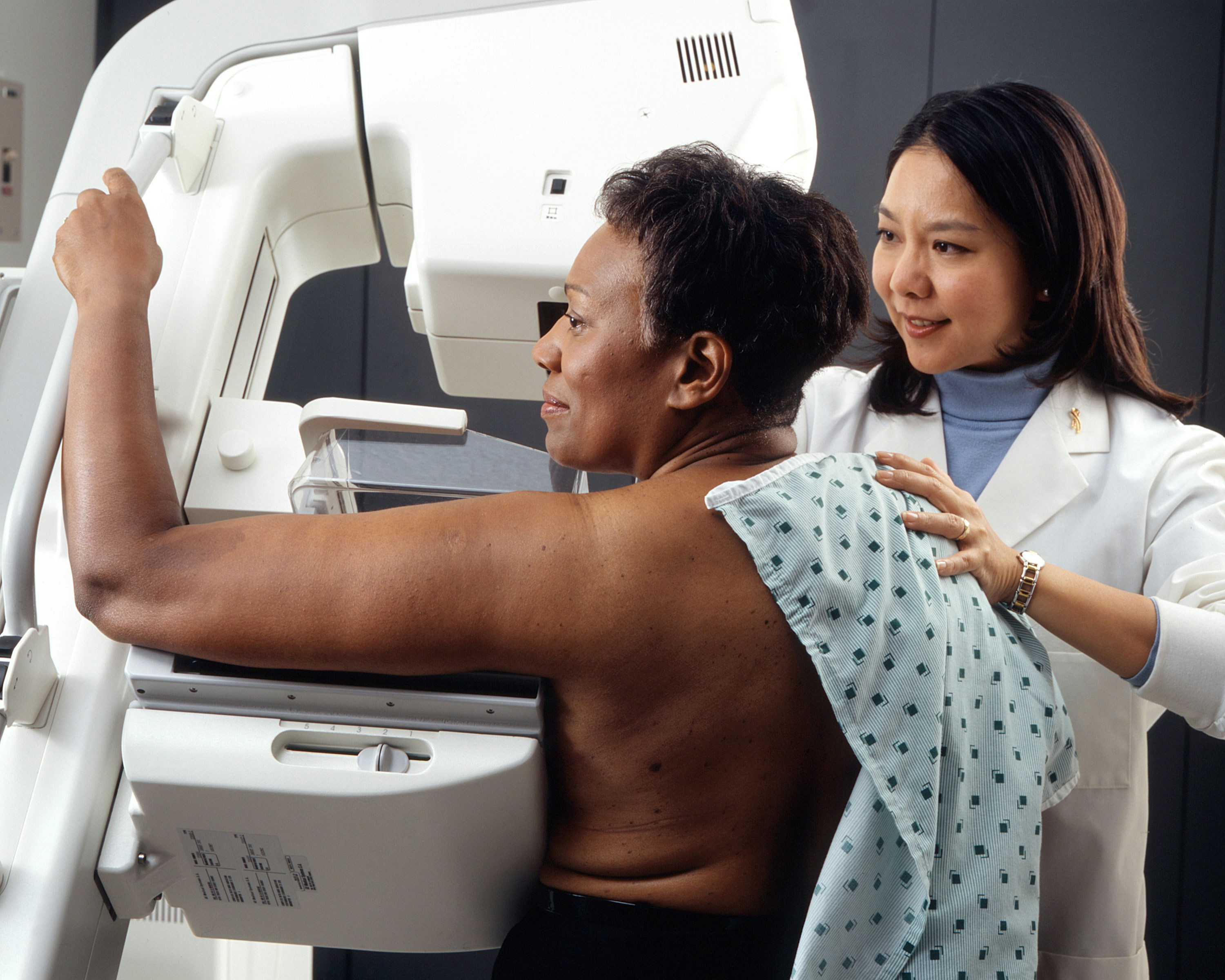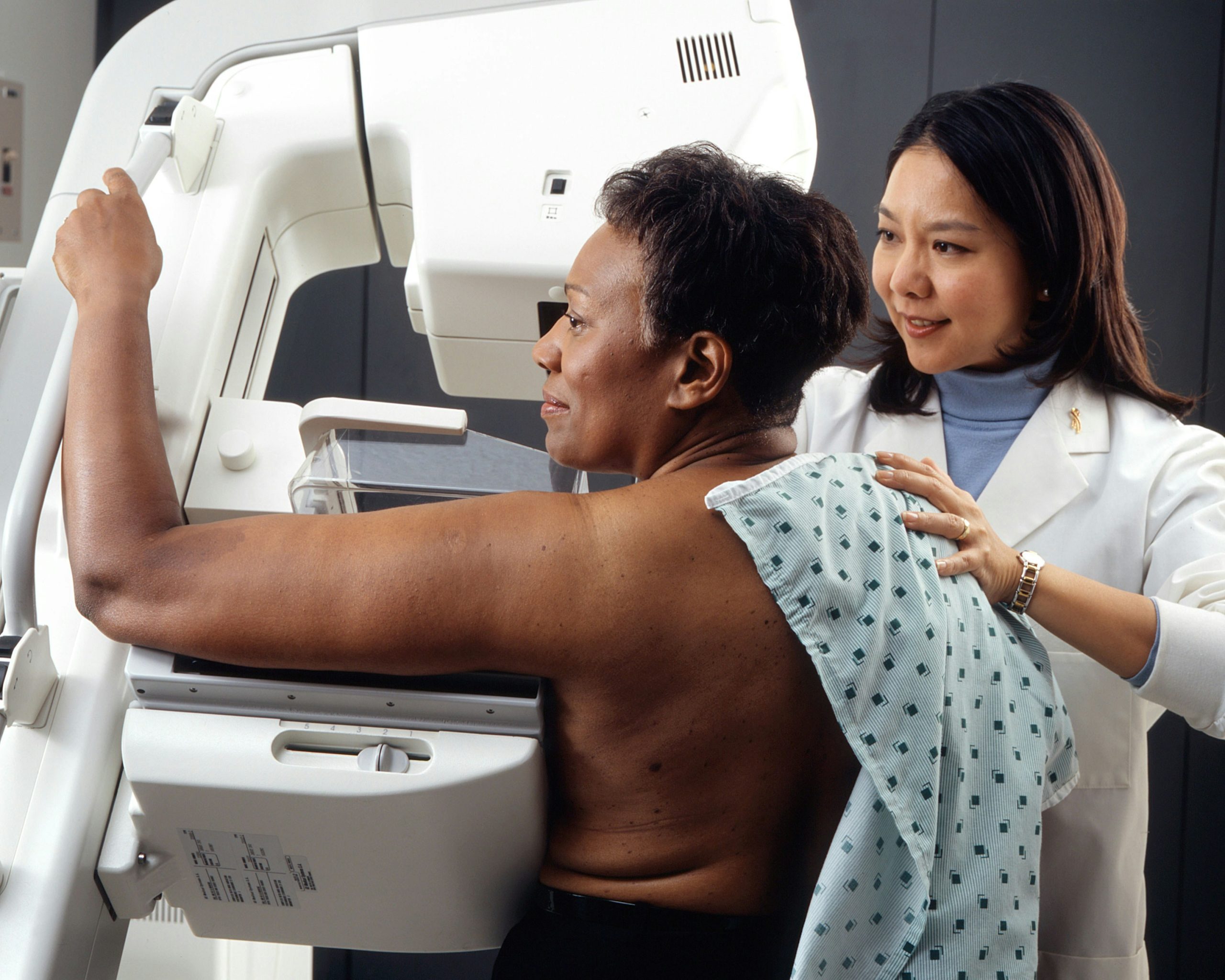How Does an Endoscope Insertion Tube Impact Procedure Quality?
Introduction to Endoscopes and Their Function
Welcome to the fascinating world of endoscopes, where cutting-edge technology meets medical expertise to revolutionize diagnostic and treatment procedures. As we delve deeper into the realm of endoscopy, one crucial component takes center stage – the insertion tube. In this blog post, we will explore how the quality of an endoscope’s insertion tube can significantly impact the success and outcomes of various medical procedures. Let’s journey together through the intricate workings of these essential instruments and uncover their importance in modern healthcare practices.
The Importance of the Insertion Tube in Endoscopy Procedures
When it comes to endoscopy procedures, the insertion tube plays a crucial role in ensuring successful outcomes. This component of the endoscope is responsible for transmitting images and light to provide clear visibility inside the body. Without a high-quality insertion tube, the accuracy and effectiveness of the procedure can be compromised.
The flexibility and maneuverability of the insertion tube allow healthcare professionals to navigate through delicate areas with precision. A well-maintained and durable insertion tube contributes to smoother movements during examinations or interventions, minimizing discomfort for patients and reducing procedural risks.
Furthermore, advancements in technology have led to improved designs of insertion tubes, enhancing image quality and overall performance. Investing in a top-notch insertion tube not only benefits patients by increasing diagnostic accuracy but also enhances efficiency for medical practitioners.
In essence, recognizing the importance of the insertion tube in endoscopy procedures underscores the significance of utilizing cutting-edge equipment for optimal results.
Factors Affecting the Quality of Endoscope Insertion Tubes
When it comes to the quality of endoscope insertion tubes, several factors play a significant role in ensuring optimal performance during medical procedures.
First and foremost, the material used in manufacturing the insertion tube can greatly impact its durability and flexibility. High-quality materials like advanced polymers or stainless steel contribute to smoother navigation through the body’s cavities.
Precision engineering endoscope insertion tube also plays a crucial part in determining how well an endoscope insertion tube functions. The design intricacies, such as the diameter, length, and curvature of the tube, directly influence maneuverability within the patient’s anatomy.
Moreover, regular maintenance and proper handling are essential for preserving the integrity of the insertion tube over time. Proper cleaning protocols and storage practices help prevent damage or contamination that could compromise its effectiveness during procedures.
Furthermore, advancements in technology have led to innovations like reinforced tubing or improved imaging capabilities within modern endoscopes. These developments enhance visualization and control during delicate medical interventions.
In essence, understanding these factors is key to selecting high-quality endoscope insertion tubes that ensure successful outcomes for patients undergoing minimally invasive procedures.
How a High-Quality Insertion Tube Can Improve Procedure Success

When it comes to endoscopic procedures, the quality of the insertion tube plays a crucial role in determining the success of the overall process. A high-quality insertion tube can make a significant difference in how effectively and accurately medical professionals can navigate through the body’s internal structures.
By investing in a top-notch insertion tube, healthcare providers can experience smoother maneuverability within the patient’s body, leading to more precise examinations and treatments. This insertion tube for endoscopy improved control allows for better visualization of tissues and organs, aiding in accurate diagnoses and targeted interventions.
Furthermore, a high-quality insertion tube can enhance patient comfort during procedures by reducing discomfort and minimizing potential risks associated with endoscopy. Patients benefit from quicker and less invasive examinations, resulting in improved overall satisfaction with their medical care.
In essence, prioritizing the use of superior insertion tubes is key to optimizing procedure success rates and ensuring positive outcomes for both patients and healthcare providers alike.
Case Studies and Research on the Impact of Insertion Tubes on Procedure Quality
Case studies and research have delved into the critical role that endoscope insertion tubes play in determining the success of medical procedures. Various studies have highlighted how the quality of these tubes can directly impact the clarity of imaging, maneuverability during procedures, and overall patient outcomes.
Researchers have found that using high-quality insertion tubes can lead to more accurate diagnoses, reduced procedure times, and lower risks of complications. By investing in advanced technology and materials for these crucial components, healthcare providers can enhance the efficiency and effectiveness of endoscopic procedures.
Moreover, case studies have shown a clear correlation between the condition of insertion tubes and procedural success rates. Patients undergoing endoscopy with well-maintained tubes often experience smoother processes, higher diagnostic accuracy, and improved overall satisfaction with their medical care.
In light of this compelling evidence from research and real-world cases alike, it is evident that prioritizing the quality of endoscope insertion tubes is essential for ensuring optimal procedure outcomes.
Maintenance and Replacement of Endoscope Insertion Tubes
Proper maintenance and timely replacement of endoscope insertion tubes are crucial aspects in ensuring the efficiency and effectiveness of endoscopy procedures. Regular cleaning and disinfection of the insertion tube help prevent contamination and maintain clear visibility during examinations.
It is recommended to follow manufacturer guidelines for cleaning solutions and techniques to avoid damage to the delicate components of the tube. Additionally, inspecting the insertion tube for any signs of wear or damage is essential to prevent potential risks during procedures.
When it comes to replacement, it’s important to consider factors such as frequency of use, type of procedures performed, and overall condition of the tube. Investing in high-quality replacement tubes can significantly impact procedure quality by ensuring optimal performance and reliability.
By prioritizing maintenance and timely replacement schedules for endoscope insertion tubes, healthcare providers can uphold standards of patient safety while achieving accurate diagnostic results.
Conclusion: Investing in Quality for Optimal Results

Investing in quality endoscope insertion tubes is crucial for achieving optimal results in endoscopy procedures. These tubes play a significant role in the success of the procedure by providing clear visibility, flexibility, and durability during examinations. By ensuring that high-quality insertion tubes are used, healthcare providers can improve diagnostic accuracy, patient comfort, and overall procedural outcomes.
Regular maintenance and timely replacement of insertion tubes are essential to uphold their performance standards and prolong their lifespan. It is important for healthcare facilities to prioritize the quality of these components to enhance the efficiency and effectiveness of endoscopic procedures.
Prioritizing the quality of endoscope insertion tubes is key to delivering successful and reliable outcomes for patients undergoing endoscopy. By investing in top-notch equipment and adhering to proper maintenance practices, healthcare professionals can optimize procedure quality and ultimately provide better care for their patients.



